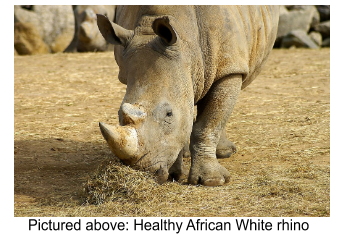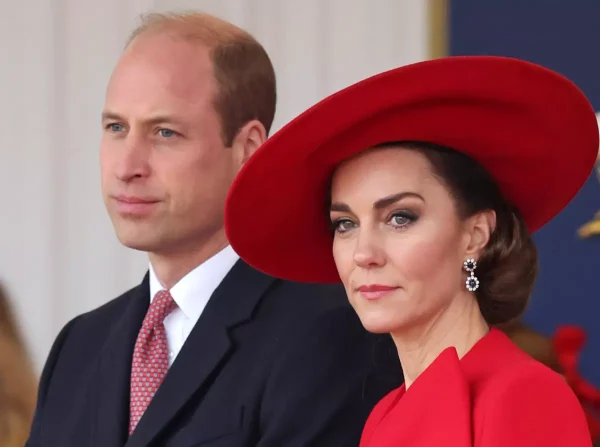Rhino Poaching Crisis
March 13, 2020
Over the past decade, rhino horn poaching has become increasingly more common in African nations according to the World Wildlife Foundation who reported a 9,000% increase in the number of rhinos poached from 13 in 2007 to 1,215 in 2014. Because of this, the current policy established by CITES, the Convention on International Trade in Endangered Species of Wild Fauna and Flora, has banned the international trade of rhino horns. Despite the ban, which has been in place since 1977, the black market demand for rhino horns is high. The endangerment that the rhinos have faced has been in part because of the world’s longstanding greed for their horn according to the U.S. Fish and Wildlife Service. The horns, made primarily of keratin protein, have been valued for centuries as a carving material, a sign of wealth and power, as well as serving medicinal purposes in traditional medicine. However, recent concern for the species has led to debate over whether the wildlife trade of rhino horns should be legalized.
Melissa O’Brien, a biology teacher at Pennridge High School and participant of the Penn State CHANCE Program, has worked on limiting human’s impact on wildlife, such as rhinos and sea turtles. O’Brien states in an interview, “Wildlife trade should be legalized, but with restrictions present.” She continues by talking about how the overall amount of poaching could decrease with the legalization of trade stating, “Trade overall may decline however corruption needs to be taken hold of as confiscated ivory could be sold by government leaders.”, in reference to the illegal ivory trade taking place in different African nations.
Similarly, students have taken interest in the debate over the legalization of rhino horn trade. However, some students such as Connor Pleibel, a current A.P. Environmental Science student at Pennridge High School, have looked at the situation with a different approach. When asked if wildlife trade should be legalized, Pleibel stated, “No, that would only make poaching seem like an acceptable thing when it isn’t.”. However, Pleibel did say there is a possible solution for this by stating, “I believe tracking down these poachers and holding them responsible for their crimes could fix the problem… Getting these groups out of poverty could also help.”
As this problem continues to worsen by the day, conservationists are trying to find possible solutions to decrease the amount of poaching taking place as well as the demand for the ivory rhino horn. Many claim that creating a system of legal, regulated trade could decrease the number of poachers, however, there is evidence to show that this could also increase selling on the black market. O’Brien believes that in terms of possible solutions we should look at how to help the families of those benefiting from earning money for poaching. She states, “One thing that would help is by getting families who hunt these rhinos and other animals regularly out of poverty. Alternative sources of money include tracking lions (via GPS) instead of killing them.”
Synthetic rhino horns, developed by Dr. Fritz Vollrath, a biologist at the University of Oxford, as well as colleagues at Fudan University, have also come into the picture as a possible solution to decrease poaching. The genetically developed horn looks identical to a real rhino horn under a microscope with a similar chemical structure and behavior when it is cut or shaved. Despite the possibilities that synthetic rhino horns could have on the future of poaching, many conservationists claim to not like the idea and see it as unnecessary and potentially dangerous. Many consumers in the market want the horn as a symbol of wealth and status as well as the source of handcrafted jewelry in China. It is also possible that releasing synthetic horns to the public opens up the recipe for making these horns, allowing street entrepreneurs to enter the market.
At this point, there is still no official ban on the wildlife trade of rhino horns. In the past year CITES held its 18th Conference of Parties in Geneva, Switzerland. The conference is held every three years and brings together representatives from almost all countries around the world to make new decisions based on the current conditions involving wildlife trade. In 2019, Namibia proposed to transfer its population of white rhino from Appendix I to II, and Eswatini proposed a measure that would allow international trade in rhino horns for commercial purposes. However, both proposals were rejected, leaving conservationists and CITES going back to the drawing board.









